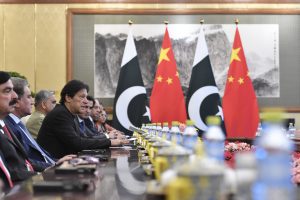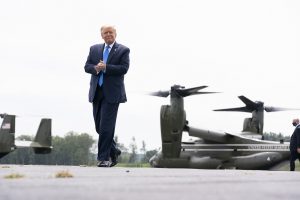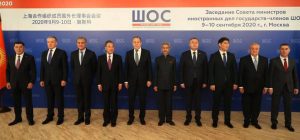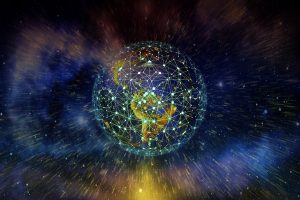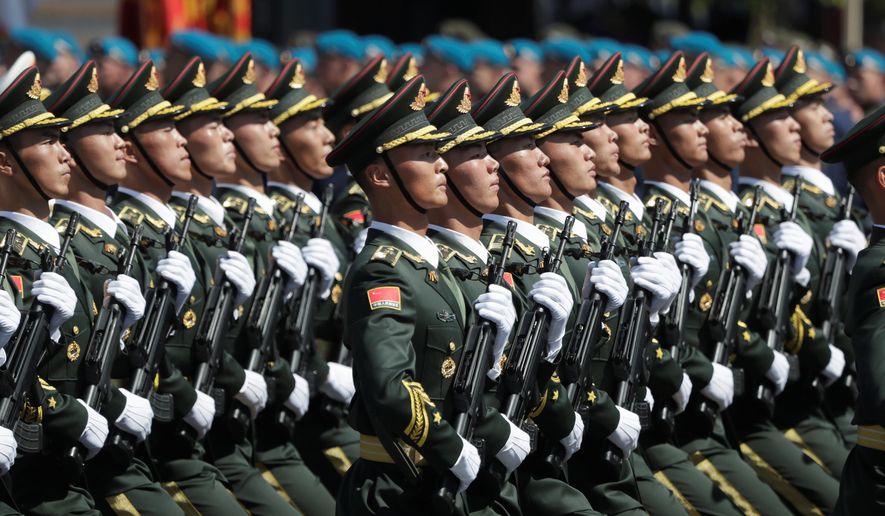Ashley J. Tellis
Even before the coronavirus pandemic swept through the country, India was at a crossroads. Its sustained economic expansion, accelerated by pathbreaking reforms in 1991, slowed significantly. Convulsions around religion and citizenship roiled domestic politics under Prime Minister Narendra Modi. Meanwhile, the aspirations of international leadership that India has harbored since independence remain unrealized.
For all its recent shortcomings, however, India should not be counted out. At a time when China’s myriad pathologies have left many countries thirsting for an alternative exemplar, India could again become the world’s fastest-growing free market democracy. But it will need a new approach to revive its hopes of joining the league of great powers.
India could again become the world’s fastest-growing free market democracy.
CAN INDIA GROW FAST ENOUGH?
India’s economic growth has contracted since 2018, alongside a larger global slowdown driven by falling commodity prices, declining international trade, intensifying U.S.-China tariff wars, and decreasing manufacturing output across the developed world. If these cyclical factors alone accounted for India’s weakening performance, New Delhi could get by on provisional remedies while waiting for global conditions to improve.
